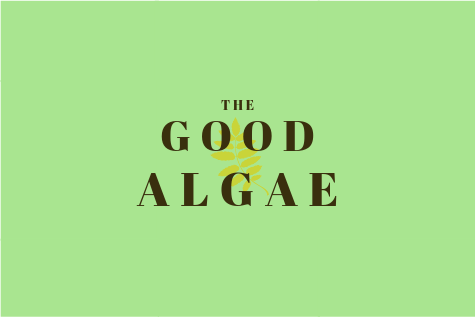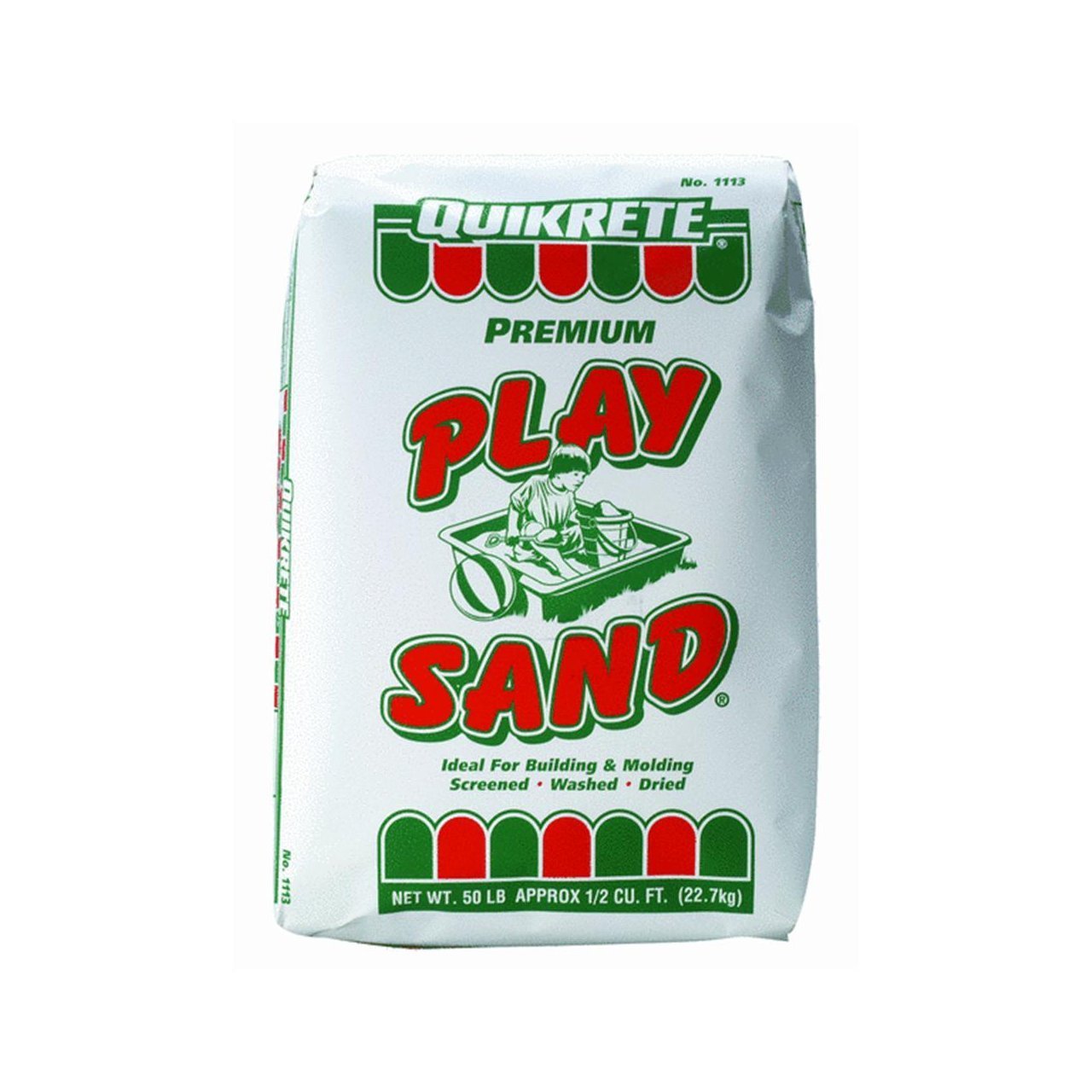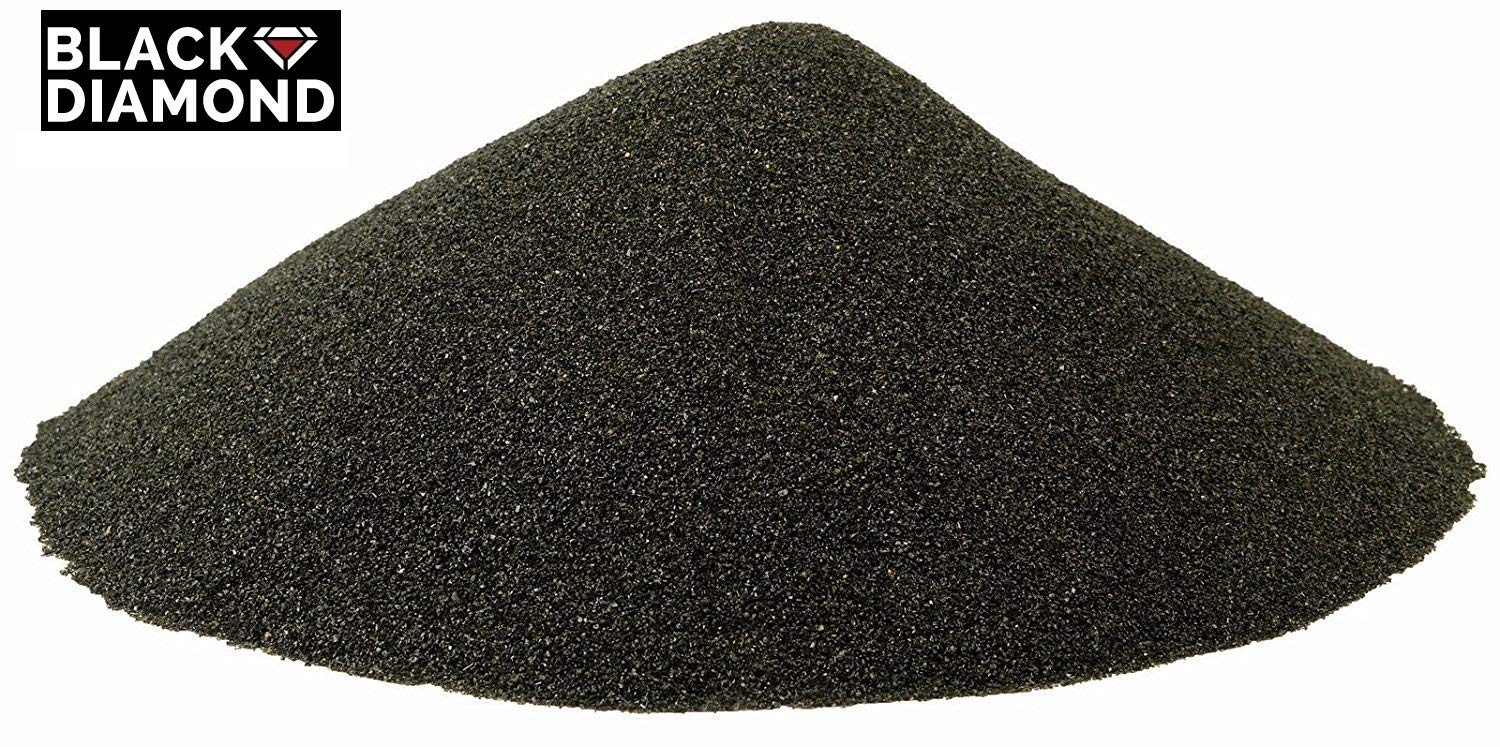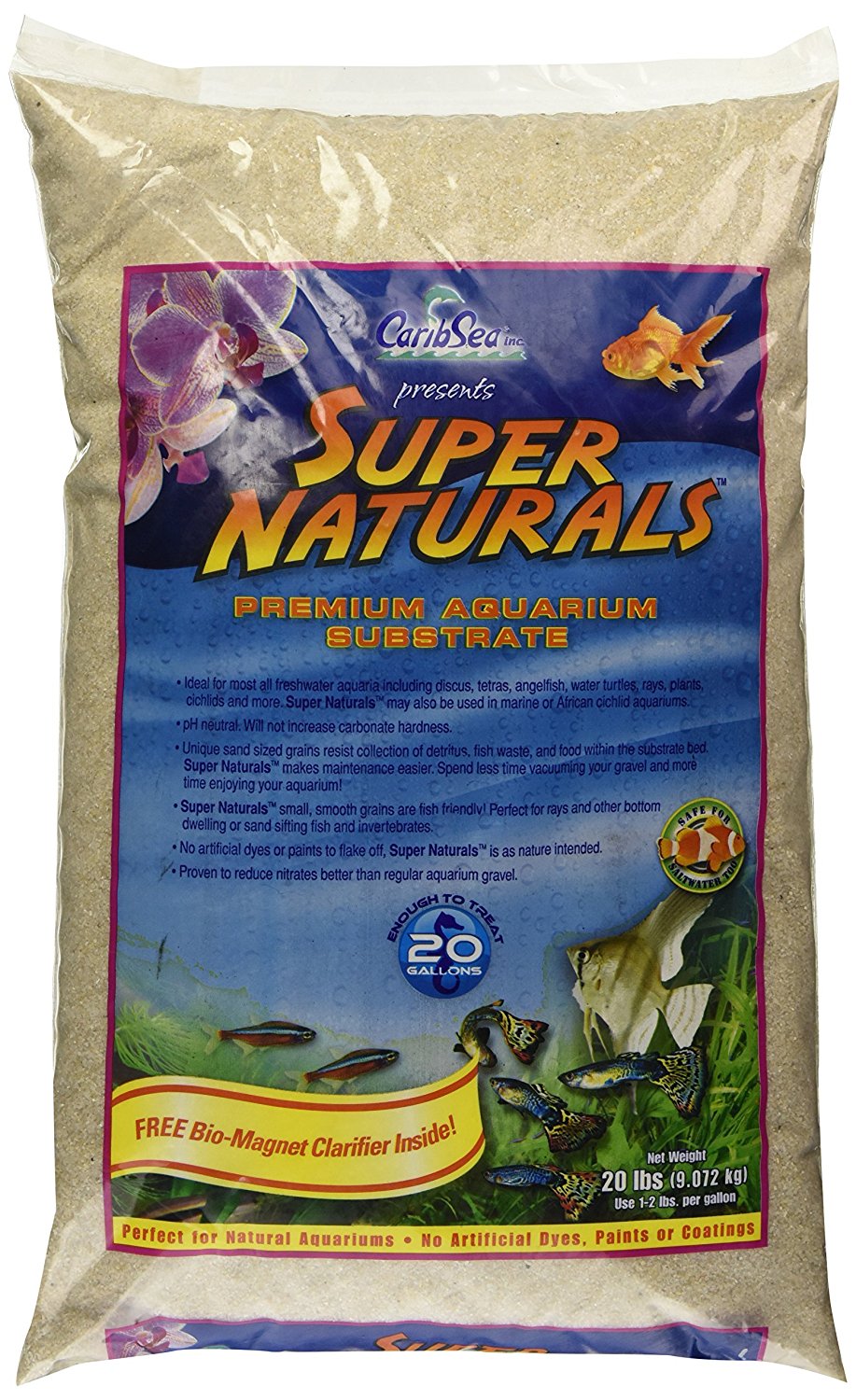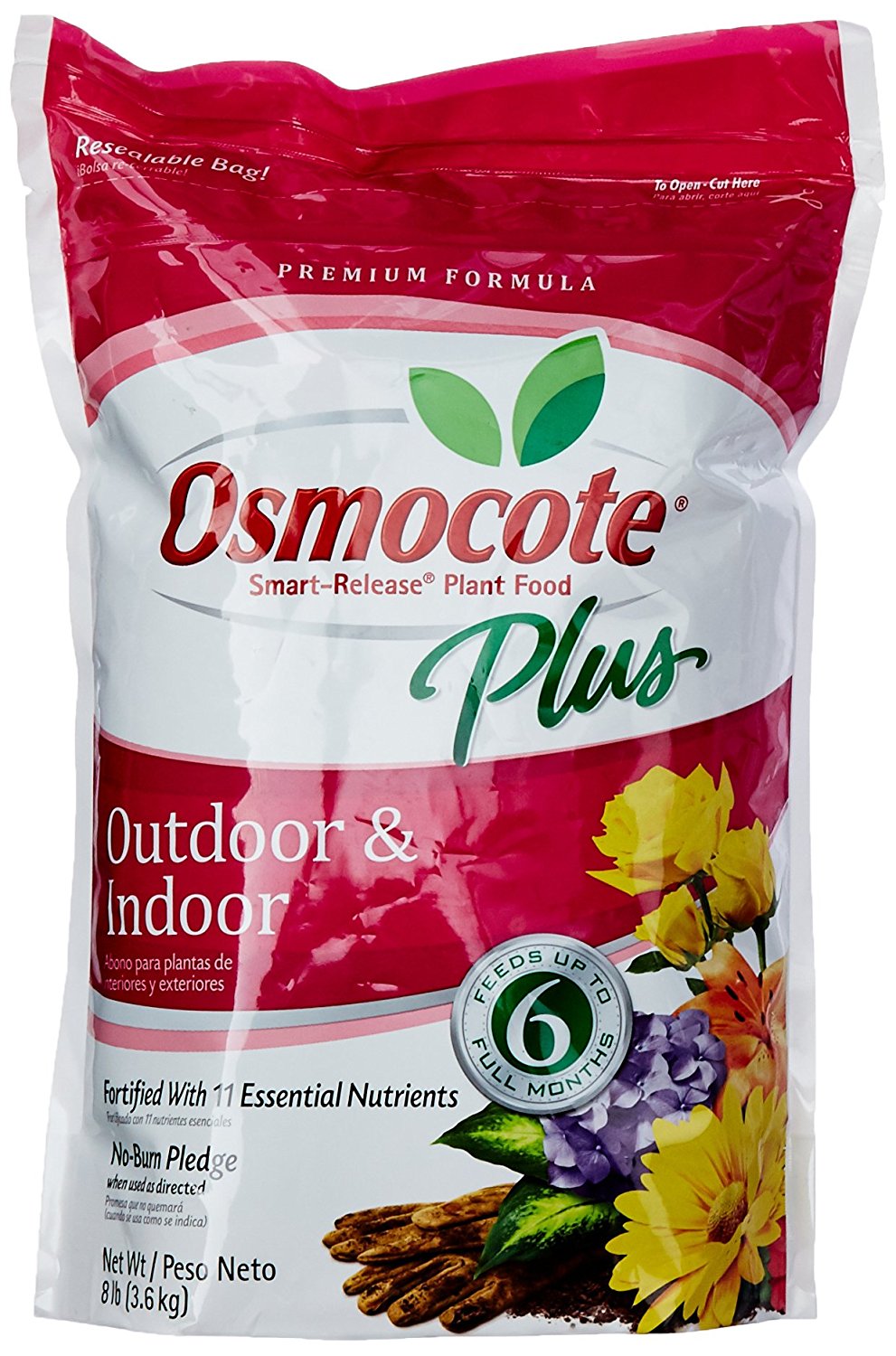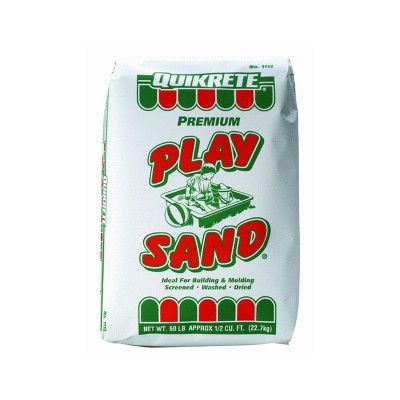
So, you want to use sand as your substrate. Personally, I wouldn’t advise this since sand typically requires more maintenance. It is inert, which means you will probably have to dose fertilizer either in the water column or as root tabs. It’s hard to clean because of the tiny granules during vacuums. Also it’s easy to create a cloudy mess either from fish digging up the sand, when moving plants or during cleanings.
Having said that, sand is quite stunning when used properly in your aquascape. In this post, I’ll go over the different options of using sand as your substrate. Enjoy!
Play sand
This Play Sand is very similar to that found in playground sandboxes. It’s relatively fine but is readily available and very inexpensive. Before using this sand, be sure to thoroughly wash it with water. This can be done by simply dropping the sand in a bucket and filling it with water, mixing it around and repeating this process. Repeat until the water is no longer milky and is mostly clear. Once you’ve prepared the sand, you can simply place it in your aquarium and begin planting.
Pros:
Cheap, readily available, widely used in the hobby, looks natural, works fine for plants with thicker roots
Cons:
Hard to clean, easily disrupted and creates clouds of sand in the tank, does not hold plants with tiny roots that well, tends to compact itself over time
Black diamond blasting abrasive (blasting sand)
When going this route be sure to get the Black Diamond Blasting Coal Slag Abrasive 20/40 Grit, this variant has larger granules and makes it easier for plants to take root. This substrate is basically an inexpensive replacement for black aquarium sand.
Although the images of this substrate appears to have jagged edges, I have yet to find anything on it harming the livestock of a tank. Just like play sand, you will want to wash this a few times. When washing this you’ll notice that there is a thin layer of what appears to be oil and minor cloudiness. A couple of good thorough washes gets rid of this pretty quickly.
Pros:
Cheap, readily available, widely used in the hobby, very attractive modern look, easy to clean, does not kick up clouds
Cons:
Does not look natural, hard to manage (as all sand is but, easier to manage than most other sands since it is heavier and has larger granules)
Anything marketed as freshwater aquarium sand
This is the more straightforward approach, these bags of sand usually have instructions on how to implement them into your tank. These products also typically are ready to just put directly into your tank. Still, I’d highly advise against putting anything in your tank without a good wash. Please be sure to wash this before you put it into your tank.
Pros:
Readily available, geared towards aquarium use
Cons:
Expensive
Planting in sand
With any of these options, the planting process is pretty much the same. First off, wash your sand! Pretty much wash anything before you put it into your tank! Next, place your sand into your tank and scape it to your desired shape, wetting the sand slightly will help give you better control.
I recommend creating visual depth by placing a thicker layer of substrate as you go towards the back of your tank. Once you’ve got your overall shape, begin filling it with water, slowly. I usually use a plastic bag with a little bit of air trapped in it and splash water on top of that bag, there are plenty other methods you can find on the web. Once your water level is a few inches above your sand, say an inch or so, you can begin planting!
Fertilizing
Chances are, you’re probably putting inert sand into your tank, so you WILL have to fertilize it. My recommended method is using root tabs. These can be reproduced for a fraction of the price by using Osmocote inside gel caps. But, keeping up with this fertilization is vital since it your sand will not have the nutrients that your plants need.
Depending on how heavily you’ve planted your tank, your root tab regime will vary anywhere from once every 4-6 months. The placement of these tabs are also important, be sure to consider which plants are heavy rooters and where they are most concentrated. It will determine how many tabs you place around that area. Recommended placement of most root tabs are recommended around 2-4 inches apart.
Conclusion
Now, I personally don’t having a sand-only substrate but, that doesn’t mean it can’t or shouldn’t be done. There are plenty aquascapes in the web that do it well. If you are okay with sand clouds being kicked up during cleaning and have very few fish that love to kick up the sands themselves then, sand isn’t a bad way to go. It’s economical and readily available.
Hopefully this information is good enough to get you going with a sand-based planted aquarium. Until next time, keep your thumb aquatic!

